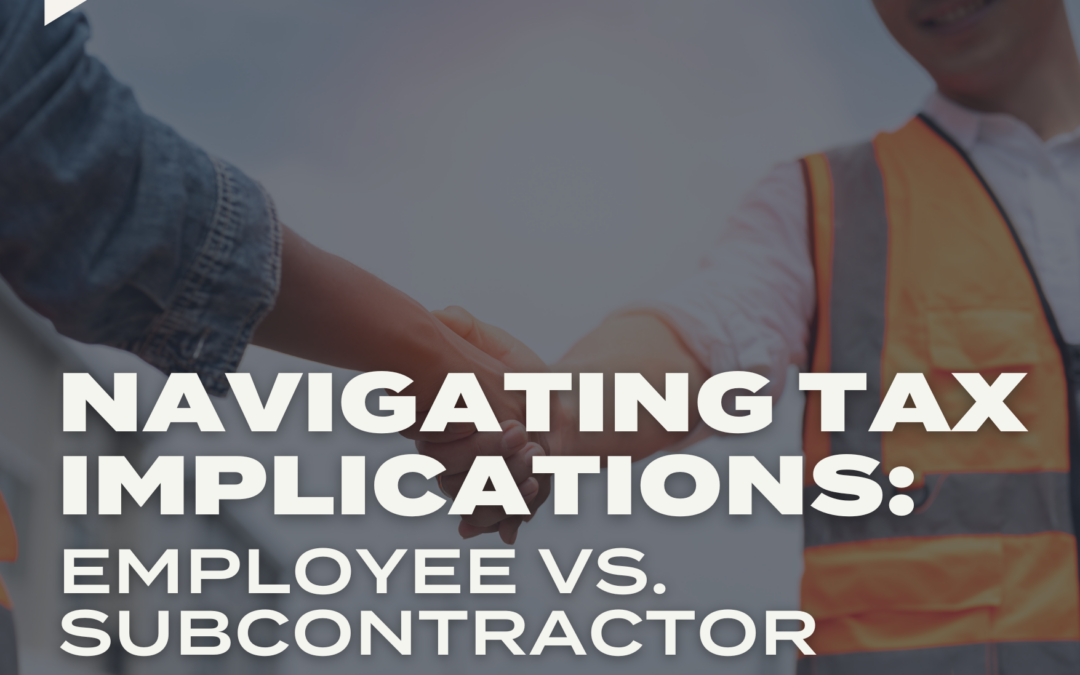As part of the tax act that was signed in late December of 2019 was the SECURE Act, which made a lot of changes to 401(k) plans, IRAs and made changes that help smaller employers set up a plan. Although this bill was originally passed by the House back in May of 2019, it was not actually passed in the Senate until later in the year.
The required minimum distribution age has now changed.
This is one of the things that they really talked about a lot. As of 2019, you had to start taking out minimum required distributions when you reached the age of 70 ½. That age has now moved up to 72. So, although this does not affect people that are currently 70 ½, it only affects those turning 70 ½ in 2020. So in other words, if you turn 70 ½ in January of 2020, you do now NOT have to take your required minimums out until you are 72.
Can people still contribute to their IRAs later in life?
In the past, when somebody turned 70 ½, they could no longer put money into their IRA, even if they were still working. As you know, people are working longer and longer into their lives, whether it is a part-time job, etc. So what the new rules now say is that as long as you are still working, you can put money into an IRA if you want to.
With the new rules, more people will be able to participate in a 401(k).
The way the rules used to be, you really had to be a full-time employee in order to be able to participate in an employer’s 401(k) plan. That was limiting a lot of people. What the IRS and the government want people to do is save for their retirement. So they expanded the rules to say if you are working part-time, and you work at least 500 hours over a year for the last three consecutive years, and you’re 21 years or older, you can now participate in your employer’s 401(k) plan. The employer does not have to give you a match, though.
What about 401(k) plans that have automatic enrollment?
Employers can now—when they hire a new employee—automatically set up a payroll contribution of up to 15 percent of the employee’s salary without even asking them. A lot of times that’s done, or it’s talked about, in the initial meetings when you have it with the employees, so the employee can definitely opt out of it. It is not required, by any means. But the other nice thing is for an employer setting up a new plan, or setting up some of these automatic features, there are tax credits available.
Employers can also band together to set up a 401(k) plan.
Setting up and administering a 401(k) plan can be pretty expensive and really cost-prohibitive for a small business. So the IRS now allows what is called a Pooled Employer Plan, which allows a whole bunch of different companies to get together and pool all their resources to pay for the fees, etc. Prior to this, it had to be related companies. But now you can have unrelated companies all set up—by your 401(k) administrator or a financial services company.
What about investment options?
When we look at our parents’ generations, and sometimes even our generations, we had access to pension plans, and those have gone away. So everything is pretty much if you want to have your own retirement, you have to self-fund it. This [SECURE Act] brings it closer to the old pension days. What it allows investment and 401(k)s to do, is to set up annuities inside of the 401(k), so that employees can have that guaranteed stream of income. The fees are a little bit higher, but there are certain people that really need that guaranteed stream of payments.





